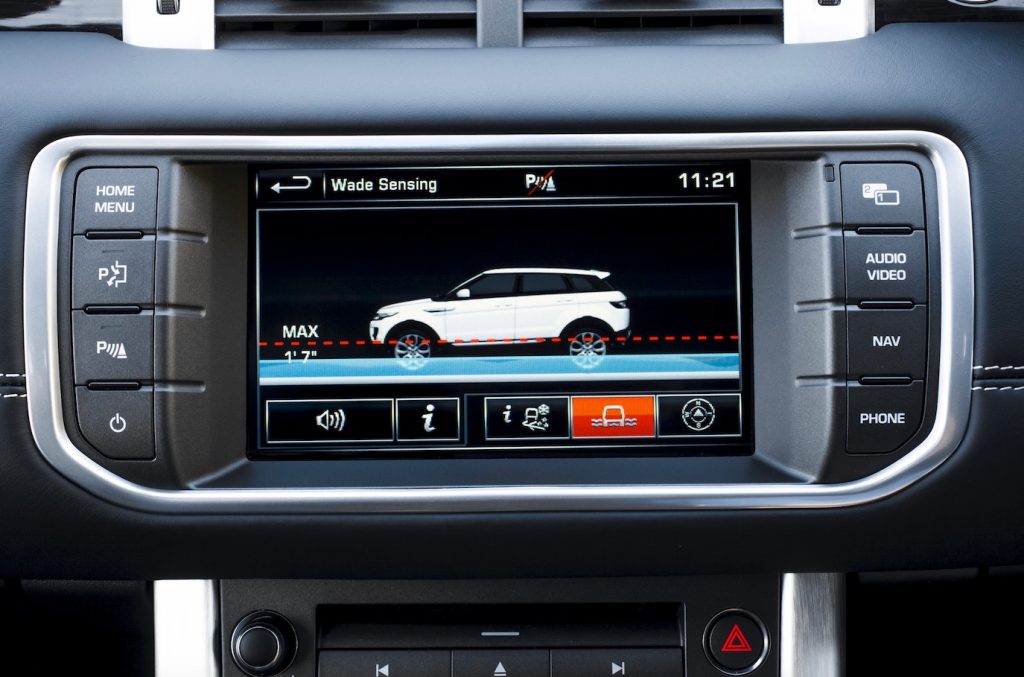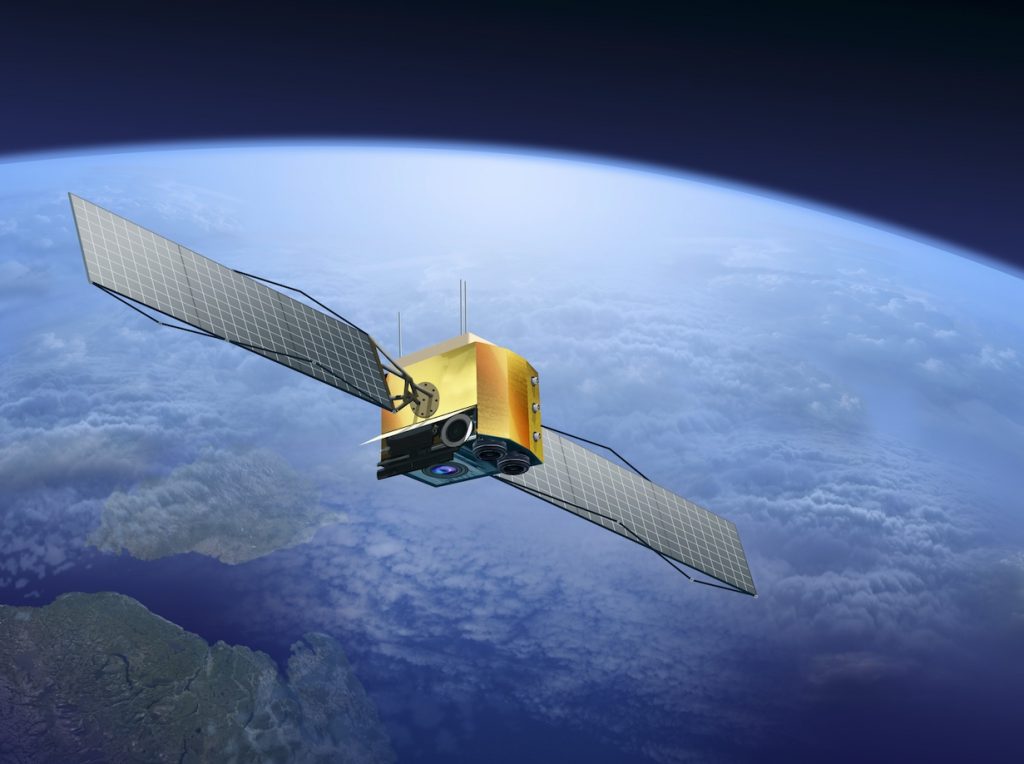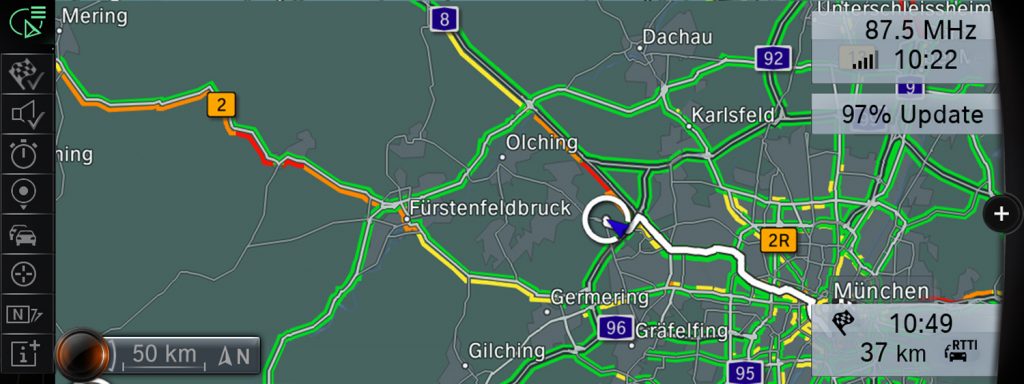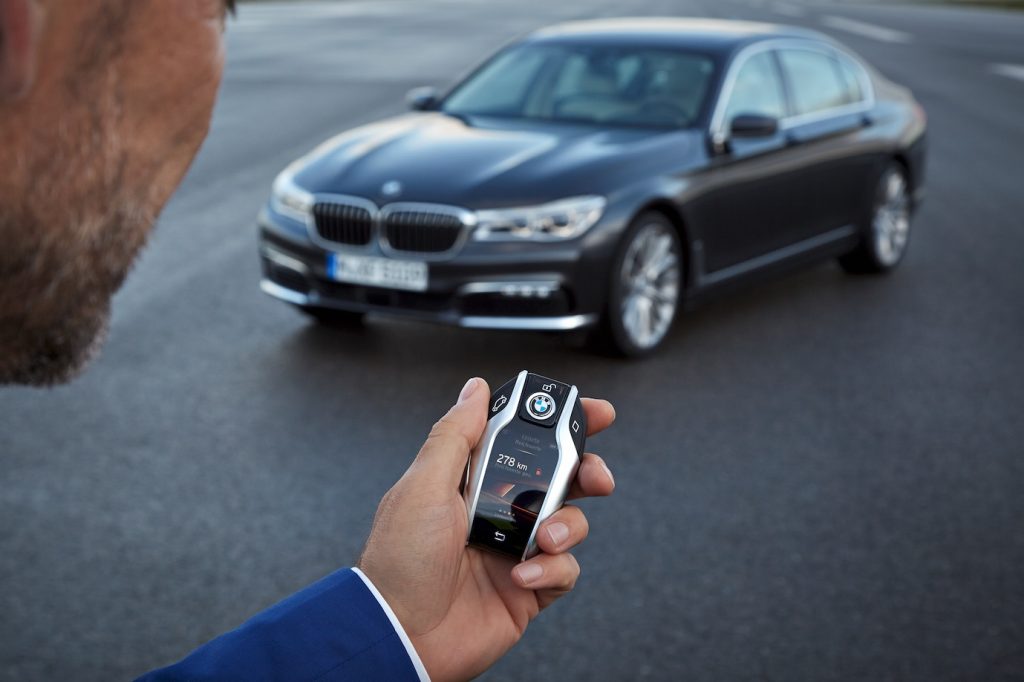 Is it finally time for onboard telematics technology to take the crown from barcodes and RFID tags?
Is it finally time for onboard telematics technology to take the crown from barcodes and RFID tags?
As a technology, it’s far from ideal. Reading a barcode requires proximity to a human with a handheld barcode reader, and, when battered by rain, snow, hail or wind, it can quickly become unreadable. It possesses no geolocation capabilities, which is a significant drawback in a compound containing thousands of often very similar-looking vehicles. And a barcode on its own won’t announce that the vehicle to which it is attached has been loaded in error onto a transporter, and is now headed out of the compound to the wrong destination. Despite all this, finished vehicle supply chains have struggled to adopt the most obvious alternative technology: RFID tags.
In this story...
One of RFID’s redeeming features, however, is that a tag will provide useable geolocation or geofencing capabilities, although these again require a greater investment in RFID readers to provide the compound-wide triangulation coverage necessary to pin down parking space locations precise enough to be useful.
Onboard telematics: the holy grail?
It is understandable then that there is so much buzz within the automotive industry at a trickle of announcements pointing to an emerging alternative: onboard telematics. Programmed with each vehicle’s VIN (vehicle identification number), identification would then be straightforward. A number of communication possibilities exist. Many vehicles can already connect to mobile phones via Bluetooth, for instance, bringing into scope ‘stage gate’ data capture (entering and departing from compounds, for example), and geolocation and geofencing capabilities. Built into vehicles at volume, costs should be lower than RFID, without any of the readability issues associated with radio interference or damaged barcode labels.
While meaningful progress towards this goal is being realised, it will inevitably be some time before the use of onboard telematics becomes ubiquitous in finished vehicle supply chains. That said, many observers agree that the prognosis is favourable, and point out that highly regarded OEMs such as Jaguar Land Rover and BMW would not be going public with their use of onboard vehicle telematics if they weren’t already reasonably sure it was viable.
BMW has developed a concept termed ‘Connected Distribution’, which aims to use its existing onboard ‘ConnectedDrive’ telematics platform to develop real-time vehicle tracking, environmental, and vehicle condition monitoring, including replacing the manual scanning of VINs at release and arrival points.
“Our inbound logistics colleagues would pay a fortune to have stillages with their own electric power supply and GPS, which were able to transmit data on temperature, expiration dates of material and other self-diagnostic security checks,” said BMW’s vice-president of vehicle distribution, Ulrich Wieland, in the October-December 2015 issue of Finished Vehicle Logistics. “We already have that in the vast majority of our vehicles, and it is up to us to utilise it and bring it into a more dynamic and proactive steering.”
Preliminary trials have already taken place, including the tracking of i3 and i8 models exported to Japan in order to understand the speed and quality of the data transmitted, including GPS tracking of the vehicles prior to customer handover. The vehicles had no technical changes applied to them, but were sent to Japan on a normal shipment, according to BMW. Wieland reported that the trials worked very well, and that the carmaker had no problem obtaining highly accurate GPS data.

JLR, meanwhile has begun leveraging telematics in the finished vehicle supply chain through advances in two discrete areas: geolocation and track and trace; and using telematics technology to eliminate delays caused by poor vehicle condition, through real-time monitoring of aspects such as battery life and tyre pressure, fuel content, and odometer information.
Speaking at the Automotive Logistics Europe conference in March 2015, Deborah Buswell, European distribution manager, JLR, said the OEM was already able to use geofencing to get real-time track-and-trace information and updates on compound location within two parking spaces. The technology can determine where vehicles are at a port of entry or exit, and when they have been delivered to the dealer.
While BMW and Jaguar Land Rover certainly appear to be leading the use of telematics within the finished vehicle supply chain, industry observers say other manufacturers are likely to follow.
“Automotive manufacturers have a huge interest in smoothly running supply chains, and the information that telematics can provide has obvious applications in delivering those,” notes John Leech, head of automotive for business advisors KPMG in the UK. “Consequently, it’s only natural to expect manufacturers to be exploring the use of telematics, as they search for greater operating efficiencies and greater visibility into their finished vehicle supply chains.”
Jeff Nedwick, global director of industry strategy for automotive at enterprise applications provider Infor, agrees, pointing out that the company’s recently acquired, cloud-based enterprise integration subsidiary, GT Nexus, is already working with a number of undisclosed OEMs on a telematics-based capability.
“We’d be surprised if most OEMs weren’t taking a hard look at telematics,” Nedwick says. “It’s such an obvious low-hanging fruit: there are few data privacy or hacking concerns to worry about, as the end customer has yet to take ownership of the vehicles in question, and they’re not actually being driven at the time. So for automotive manufacturers, telematics is an easily implemented way of leveraging their investments in onboard telematics without worrying about any potential downsides.”
Telematics also shines a light into some of the finished vehicle supply chain’s blind spots, adds Sanjay Khatri, director of product marketing for ‘Internet of Things’ services at software-as-a-service provider Jasper, which supports the connected vehicle programmes of OEMs including General Motors, Ford, Nissan, and Volkswagen through its cloud-based connectivity platform. With telematics, stolen-vehicle tracking and the monitoring of ‘trade plate’ drivers is a logical extension of telematics, requiring no new technology, only integration, he says.
Dominic Regan, senior director for logistics applications at enterprise applications vendor Oracle, says telematics will give a much more detailed picture than is possible with today’s technology. “At the moment, today’s technologies tend to tell you the last thing that happened to a particular vehicle,” he points out. “With onboard telematics, we can start to think about where the vehicle actually is right now.”
From a technical perspective, while most automotive manufacturers’ forays into telematics has so far been consumer-centric, focusing on enhancing drivers’ experiences of telematics-equipped vehicles, the additional challenges of adding logistics capabilities are not seen as technically difficult.
 Premium European OEMs are leading the way in embracing the use of in-car telematics, partly because Europe’s eCall mandate is making the technology ubiquitous in all vehicles
Premium European OEMs are leading the way in embracing the use of in-car telematics, partly because Europe’s eCall mandate is making the technology ubiquitous in all vehicles“It’s certainly not complicated to associate a particular piece of telematics equipment with a vehicle’s VIN, and nor is it difficult to add location-sensing capabilities for geolocation or geofencing purposes,” says Paul Foster, director of solutions engineering at telematics provider Telogis, which recently announced the expansion of its partnership with Ford to bring the Ford Telematics commercial vehicle telematics solution to the UK following its launch in the US and Canada earlier this year.
There are definite signs that telematics adoption within the finished vehicle supply chain is underway. At automotive logistics optimisation software and transport management systems specialist Inform, two customers have recently cancelled RFID projects, reports Matthias Berlit, vice-president for manufacturing and logistics. “Instead, they’re seeing the potential to use onboard telematics for geolocation capabilities,” he explains. “From their point of view, telematics is giving them a global tracking system with minimum infrastructure.”
At port terminal operators ICO, leveraging telematics is part of a master plan behind a new terminal operating system that has been in development over the past three years. ICO’s IT manager Alain Guillemyn explains that although the company is still reliant on barcode technology, ICO sees three distinct advantages in what telematics can offer.
“First, instant geolocation effectively delivers an increase in capacity,” he notes. “At the moment, when a car is driven out of a parking space, it can take 20 minutes or so for our present systems to know that the parking space in question is available for use, when the car reaches its next destination or waypoint. With telematics providing instant information, we’ll know about that availability a split second later, meaning we can allocate the space immediately, and increase capacity without expanding the terminal.
“Second, precise geolocation will help us to minimise driven distances, reducing labour costs, fuel consumption, and the risk of damage. Even a 30-metre reduction when assigning a docking location of a ship, adds up when multiplied over thousands of cars,” says Guillemyn.
Lastly, he thinks telematics is simply a better technology than barcode labels. Not only can it eliminate the time wasted on trying to read labels rendered illegible by adverse weather, but it also provides more intelligent event processing, such as a driver moving the wrong car. “We’ve done a lot of thinking about the business case, and having the equivalent of an active RFID tag built into the car on the assembly line, as part of its telematics fit, makes an enormous difference to the [return on investment],” says Guillemyn.
Demand will not be the same everywhere, and it is no coincidence that the most public embracing of telematics has come from two premium European manufacturers, Jaguar Land Rover and BMW.
It is likely that European carmakers will be ahead of their US and Asian counterparts in deploying telematics, thanks to a European Union mandate requiring manufacturers to implement eCall, a European-developed emergency alert system. Consequently, all newly-approved car and light van models have to be equipped with eCall boxes as standard from March 31st 2018, enabling rescue services to respond with emergency assistance based on location.
Russia has mandated a similar technology using the country’s GLONASS satellites (the Russian equivalent of GPS). Cars in Russia must be equipped for ERA-GLONASS by 2017.
 BMW has developed a concept termed ‘Connected Distribution’, which aims to use its existing onboard ‘ConnectedDrive’ telematics platform to develop real-time vehicle tracking, environmental, and vehicle condition monitoring, including replacing the manual scanning of VINs at release and arrival points
BMW has developed a concept termed ‘Connected Distribution’, which aims to use its existing onboard ‘ConnectedDrive’ telematics platform to develop real-time vehicle tracking, environmental, and vehicle condition monitoring, including replacing the manual scanning of VINs at release and arrival pointsThe premium dimension may also be important for advancing telematics. That is because such mobile and telematics equipment isn’t cheap, so it makes sense for manufacturers to roll out these solutions on high-end vehicles first, where customers will be prepared to pay for them, thus building volume levels and creating economies of scale. As analyst firm Frost & Sullivan has pointed out, with the European Commission estimating the cost of a telematics installation at Ä100 ($109), it remains to be seen whether European carmakers will be able to incur this cost profitably.
Some are suggesting that the cost of eCall compliance will actually fuel the search for ways to use telematics in the finished vehicle supply chain. Manufacturers have to comply with eCall, so they will be looking for ways to recoup those costs through greater efficiencies. With subscription-based services offering an uncertain model (unlike GM’s OnStar telematics offering in the US, eCall is required to be free at the point of use), greater efficiencies in the finished vehicle and aftermarket supply chains are an obvious source of savings.
JLR’s Buswell pointed out that legislation requires eCall, and telematics is the way to get that, so eventually everyone will be doing it. However, JLR has certainly been among the first to use it for vehicle logistics tracking.
If not now, then when?
It is difficult to say how far away the vehicle logistics industry might be from a sector-wide leveraging of onboard telematics within the finished vehicle supply chain.
“A lot of people are talking about it, but it’s hard to say when it will happen,” says Barry Williams, vice-president of operations at US-based car hauliers Hansen & Adkins Auto Transport. “And my guess is that we’ll see it first in Europe, because the Europeans are more advanced in their thinking about some of this stuff.”
Industry expert Richard Gane, an ex-automotive manufacturing engineer, 30-year blue chip consulting firm veteran, and director of procurement consultants Vendigital, agrees.
“Potentially, there’s an important role within the finished vehicle supply chain for everything that telematics can deliver,” he sums up. “From vehicle identification to geolocation, the applications are obvious. But hitherto, automotive manufacturers’ focus on telematics has been very consumer-focused and driver-focused, and globally, there will need to be the sort of impetus that eCall is providing within Europe. So overall, progress is more likely to be evolutionary rather than revolutionary.”





































